What's Good: Huge screen is something that every manufacturer should take note of, as it is absolutely gorgeous; great hardware specs
What's Bad: Keyboard is terrible; battery life could be a bit better.
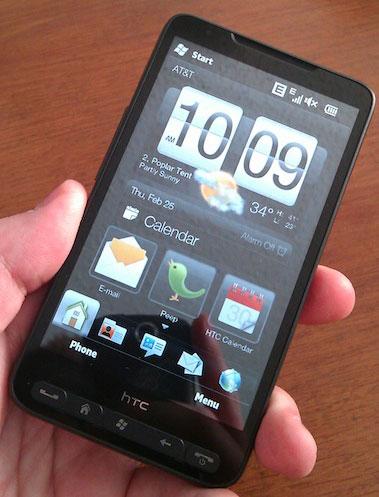
If you've heard anything about the HTC HD2, the screen size has inevitably been a part of the discussion. Simply put, the device is absolutely beautiful. The 4.3-inch screen pops out at you, and small things like checking e-mail and downloading apps from Windows Marketplace come to life. If you think the device is large in photos, wait until you see it in person. Recently announced for T-Mobile, the HD2 is en-route, and will offer US subscribers a fantastic Windows Mobile option.
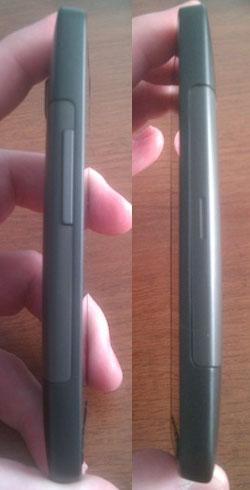
The HTC HD2 offers a relatively minimalist exterior, with a volume rocker (left side), 3.5mm headphone jack (bottom), microUSB charging port (bottom), and five buttons below the display. The camera, flash, and external speaker can be found on the back of the device. Overall, the HD2's form factor is quite nice, and the minimalist design adds a level of professionalism to the device. An added benefit to the HD2 is how the screen lines up with the bezel - in other words, there's not a lot of unnecessary space. Due to the large screen, the device is larger than most smartphones on the market. That being said, I had no problem fitting it into my pocket.
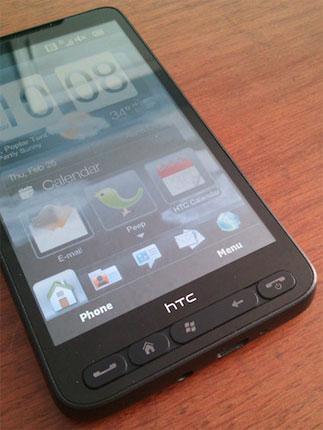
I received my HTC HD2 from HTC PR, so I'm not sure if what I received will be what is sold from HTC or T-Mobile (when it launches). At any rate, my box included the device, battery, an AC adapter, USB cable, earbuds, a pouch, a 4GB microSD card (installed in phone), and instruction manuals. Coming in at 4.47 inches long by 2.64 inches wide by 0.43 inch thick, the device weighs 4.59 ounces, making it incredibly thin. The device sports a 4.3-inch WVGA display with 480 x 800 pixels. In a word, it's beautiful, and is one of those "you have to see it to believe it" things. After working with the device for several days, I find other displays such as those found on the Nexus One, Pre Plus, and iPhone to be a significant step back. The fact that the device sports a large screen, yet is incredibly thin, is a testament to the ability to make feature-rich devices thin in today's world.
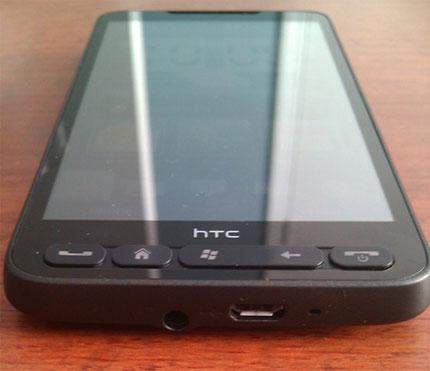
Though the device packs Windows Mobile 6.5, HTC has pre-loaded their Sense UI onto the device, and it makes for a wonderful experience. HTC's Sense UI does a great job of hiding Windows Mobile 6.5 - bad news for Microsoft, but great news for those that dislike the Microsoft experience. The HD2 gives you the ability to set the current weather conditions as your background, meaning that the Sense UI weather widget is effectively displayed all across the screen. It's a neat addition, and somewhat mesmerizing to watch the clouds move across the screen (but is a battery drain, so those that aren't near a charger on a regular basis might want to avoid it).
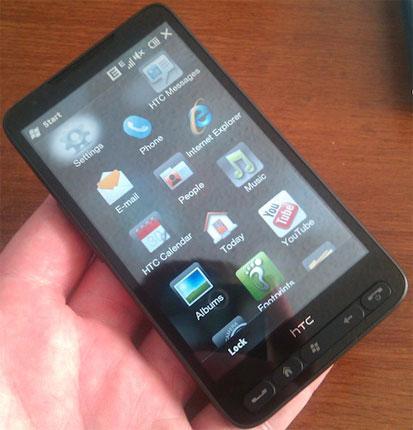
The HD2 sports a 1 GHz Snapdragon CPU, and it makes a noticeable difference over other Windows Mobile devices. From multitasking to general performance to use of HTC's Sense UI, everything feels snappier. Overall, the device performed spectacularly in regards to speed, but the one recurring issue I had was that the device was erratic and unresponsive in some tasks. When coming out of standby, the device requires you to move a lever from left to right - I often found that it was unresponsive for the first few seconds. Additionally, the scrolling itself was erratic - I found that there were times where one scroll did the trick, and other times where it required two. It's not a deal breaker, but I did find myself missing the fluidity of other devices after a few days of use. The HD2 offers 512 MB ROM and 448 MB of RAM, which contribute to the speed boost as well. Additional features include Bluetooth and Wi-Fi 802.11b/g.
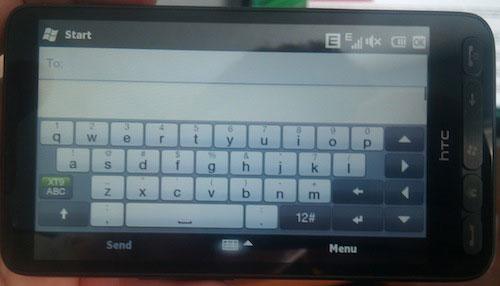
Though the device is a fantastic piece of equipment all around, I'm incredibly frustrated with the on-screen keyboard. Simply put, it's terrible. Working in the industry, I'm well aware that it takes time to get used to a particular keyboard type, but I find the keyboard on the HD2 to be laggy and inaccurate. At times, typing would be flawless. Other times, it would simply skip a beat and miss one of the letters. It's irritating for those that type quickly on their mobile devices, and after about an hour of use, I found myself getting agitated. I send several e-mails daily, and for those of us that frequently message, it's nearly impossible to use. I'm hoping it's either something that can be fixed with future updates, or that there are alternative on-screen keyboards in the marketplace.
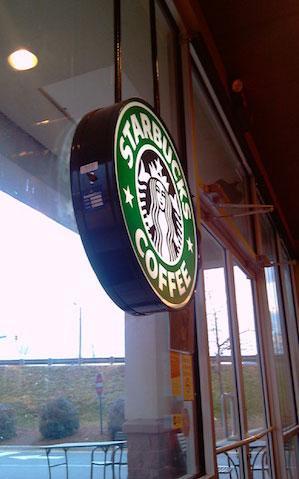
The HTC HD2 offers a 5.0-megapixel camera with autofocus and dual LED flash, and in my testing, picture quality was fantastic. Complete with a flash, the camera performed well in most situations I was able to throw at it. Editing options include white balance, color effects, the ability to store the picture location for geotagging, picture size, picture quality, and focus mode. Video quality, on the other hand, was mediocre. On the picture front, HTC devices have always performed well when it comes to sharing media, and with the company's Footprints application and photo sharing features, the HD2 continues that trend.
The unlocked device was tested in the Charlotte area using AT&T, and call quality was very good. Callers were able to hear me well, though I had a bit of background static on my end. When visiting a known AT&T trouble spot in the Charlotte metropolitan area, I noticed that the static problem persisted, but there were no major dropouts. When testing the speakerphone in a noisy department store, I was able to hear my callers without a problem. Though they said that they could hear the background noise, it didn't prevent us from having a conversation. I successfully paired my Plantronics Voyager Pro Bluetooth headset to the device without a problem, and callers were unable to tell that I was using a headset.
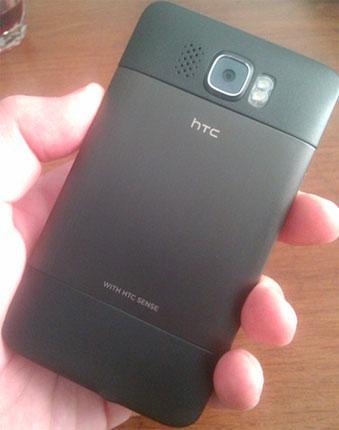
Estimated talk time is about 5.25 hours with 3G connectivity, 6.25 hours with EDGE connectivity, and just under 14 days of standby time. Like other smartphones on the market, the battery life on the HD2 is less than desirable. With moderate to heavy use including calling, text messaging, browsing the internet, and use of Google Maps, I had to charge the device about 3/4 of the way into the day. As such, I would recommend a microUSB car charger for anyone purchasing this device. Be sure to charge it whenever you're not using it. When you view my complaint about battery life under the "what's bad" part of the review, you may think I'm being harsh, given the hardware specifications of the device. Due to the increasing power consumption of the high-end smartphones on today's market, I understand that we're moving towards an inability to make it through the day, but the target demographic of this device isn't near a charger on a regular basis. For the businessperson that travels on a regular basis, pack an extra battery or car charger.
Though I wish the HD2 was packaged with Android (or Windows Phone 7 Series, for that matter), we're not so lucky. That being said, HTC's Sense UI does an admirable job at hiding most of Windows Mobile 6.5 under a stunning 4.3-inch WVGA display, HTC's Sense UI, and a fast Snapdragon processor. It will be available on T-Mobile in late March, and can be purchased now at various websites. If at all possible, try to get your hands on one prior to purchasing in order to evaluate the keyboard and overall responsiveness.